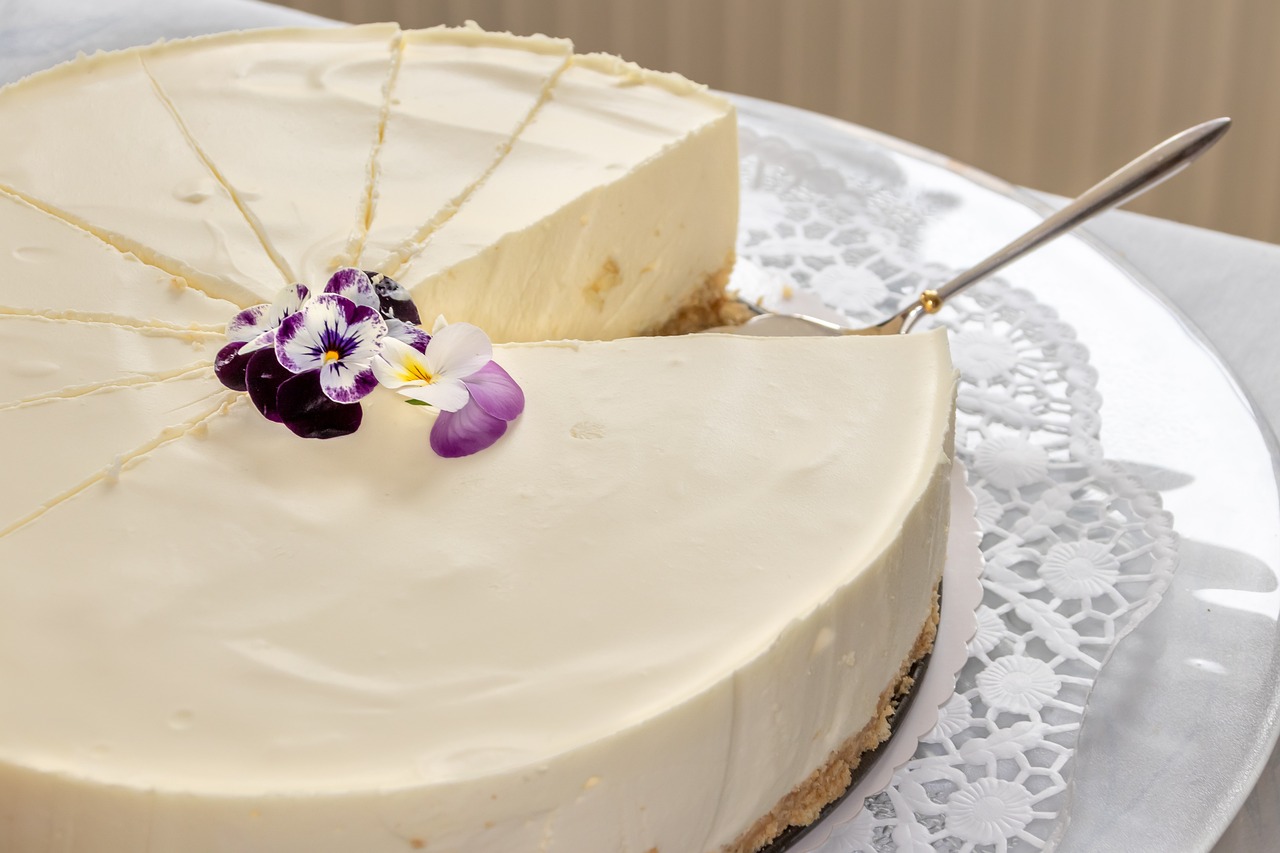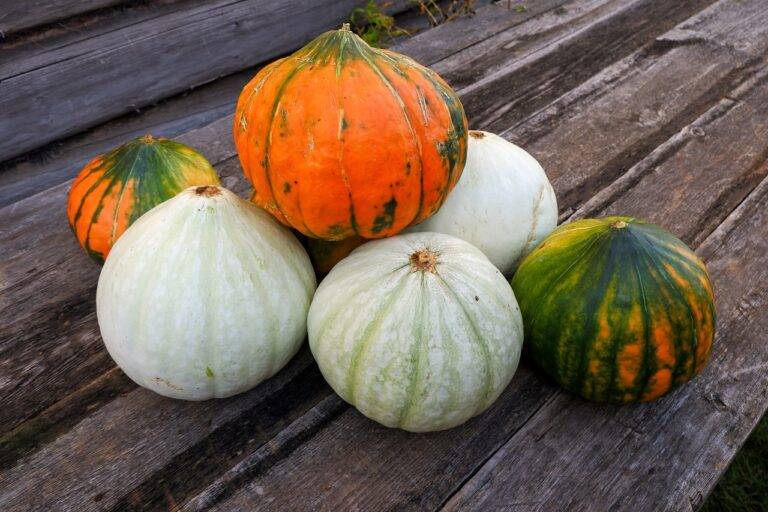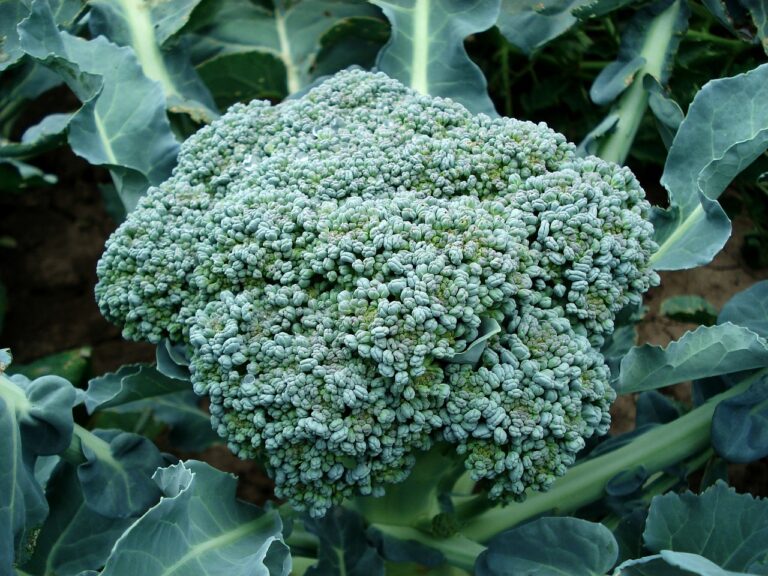The Rise of Botanical Gardens at Distilleries: Exploring Ingredient Sourcing and Sustainability
all panel, cricbet99, lotus365win login:Botanical gardens have long been a place of beauty and wonder, offering visitors a chance to experience the diversity and splendor of the natural world. But in recent years, these gardens have taken on a new role: as a source of ingredients for distilleries. The trend of botanical gardens at distilleries is on the rise, with more and more spirit producers turning to these gardens to source fresh, local ingredients for their products.
At first glance, the connection between botanical gardens and distilleries may seem like an unlikely one. After all, botanical gardens are typically associated with research, education, and conservation, while distilleries are known for producing alcoholic beverages. However, the two worlds are actually more closely linked than you might think.
Distilleries are always looking for ways to differentiate themselves in a crowded market, and sourcing unique ingredients from botanical gardens can help them achieve that goal. By using fresh, locally grown botanicals in their spirits, distilleries can create products that stand out from the competition and appeal to consumers who are looking for something different.
But the benefits of botanical gardens at distilleries go beyond just creating unique products. They also offer a way for distilleries to support sustainability and environmental conservation. By growing their own ingredients on-site, distilleries can reduce their carbon footprint and support local agriculture. In addition, sourcing ingredients from botanical gardens helps to protect biodiversity and preserve endangered plant species.
One distillery that has embraced the trend of botanical gardens is Hendrick’s Gin. Located in Girvan, Scotland, Hendrick’s Gin is known for its distinctive flavor profile, which comes from a blend of 11 different botanicals, including rose and cucumber. To ensure a fresh and consistent supply of these ingredients, Hendrick’s Gin has established its own botanical garden on-site, where they grow and harvest the plants used in their gin.
The botanical garden at Hendrick’s Gin is not just a practical necessity it’s also a key part of the distillery’s brand identity. Visitors to the distillery can explore the garden and learn about the plants that go into their favorite gin, creating a connection between the product and the natural world.
But it’s not just big-name distilleries like Hendrick’s Gin that are getting in on the trend of botanical gardens. Craft distilleries around the world are also starting to embrace the idea of sourcing ingredients locally and sustainably. From lavender farms in California to juniper groves in Italy, distilleries are finding innovative ways to connect with their surroundings and create unique, high-quality products.
So what does the future hold for botanical gardens at distilleries? As consumers continue to demand transparency and sustainability from the brands they support, we can expect to see more distilleries turning to botanical gardens as a way to source ingredients responsibly. By creating connections between distilleries and the natural world, botanical gardens are not just providing a source of inspiration they’re also playing a vital role in driving the industry towards a more sustainable future.
FAQs:
Q: How do botanical gardens benefit distilleries?
A: Botanical gardens provide distilleries with a source of fresh, locally grown ingredients that can help them create unique products and support sustainability.
Q: Are botanical gardens only for big-name distilleries?
A: No, craft distilleries around the world are also starting to embrace the trend of botanical gardens to source ingredients locally and sustainably.
Q: What are some examples of distilleries with botanical gardens?
A: Hendrick’s Gin in Scotland is known for its botanical garden where they grow ingredients like rose and cucumber for their gin. Craft distilleries in California and Italy are also embracing botanical gardens for ingredient sourcing.







